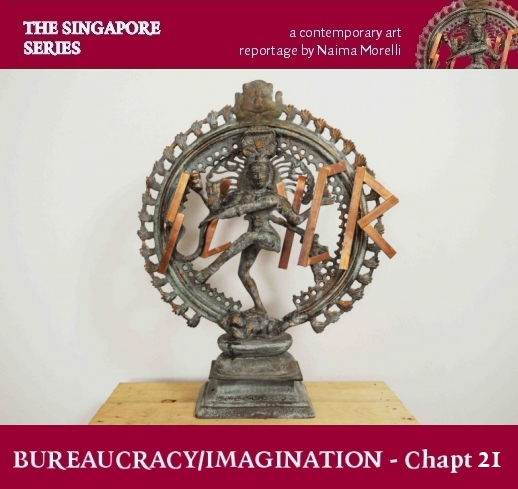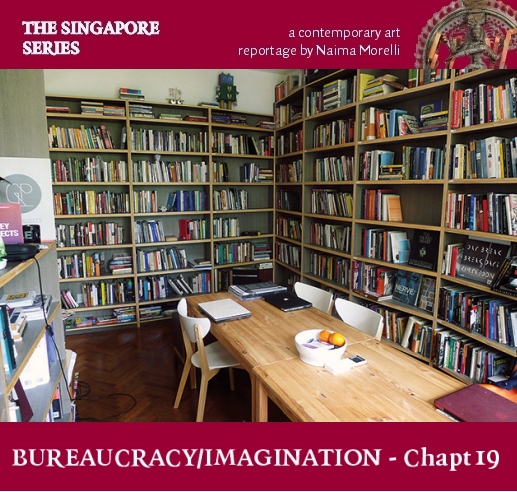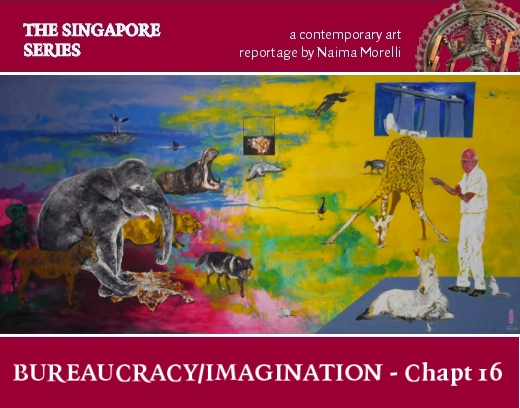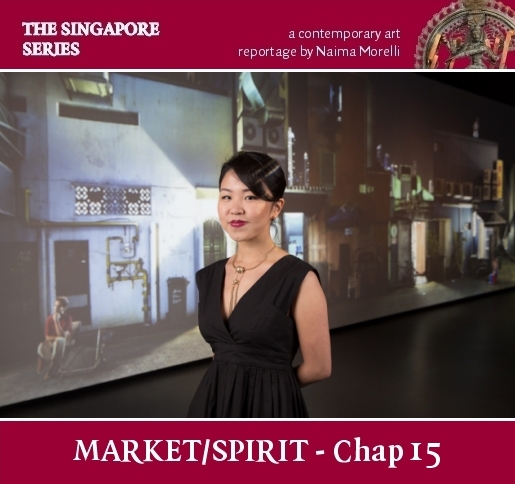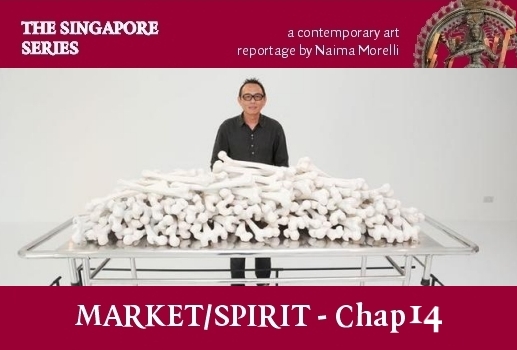
Economic Agenda for the Arts
In the beginning, when people were talking to me about art in Singapore, I was hearing two parallel stories. In one of these two stories, the art was born from individuals who dared to go against the grain, challenge the status quo, coming together to build a community. The other story was that the government decided they needed art, and so they made it happen. I slowly realised that it wasn’t merely a different point of view. Contemporary art in Singapore was twice born.
The first time it was a natural birth. Grassroots. Tang Da Wu, Lee Wen, Amanda Heng, Vincent Leow, Suzanne Victor were among them. Names inextricably associated with the early days of The Artist Village. The second was more of cesarean section. My midwife housemates explained to me how differently these two worked. In the natural birth, it’s all up to the mother. There is a lot of suffering involved, but that suffering is good, because the mother instinctively knows where to push, which position to take to get the baby out. It’s her bodily knowing, no one else can tell her how to do it. It’s the most natural thing in the world, although it might be dangerous. Back in the day, giving birth could often result in the death of the mother or the baby, or both. But when it was done – my midwife housemates assured me – it was about the most beautiful feeling in the world. The mother could finally take in her arms that ugly purplish sticky thing which is a newborn baby and feel completely happy, serene, fulfilled and relieved on the most existential level. Well, that was The Artist Village. Little money from the government, all going forward with a day job and a lot of opposition from family and society. The first attempts might have looked ugly like a newborn baby, but the love was definitely there, and the satisfaction for creation too. They must have felt that they were really up to something. In hearing about people telling about those pioneer times, you’d feel the quiet heroism.
Read More
